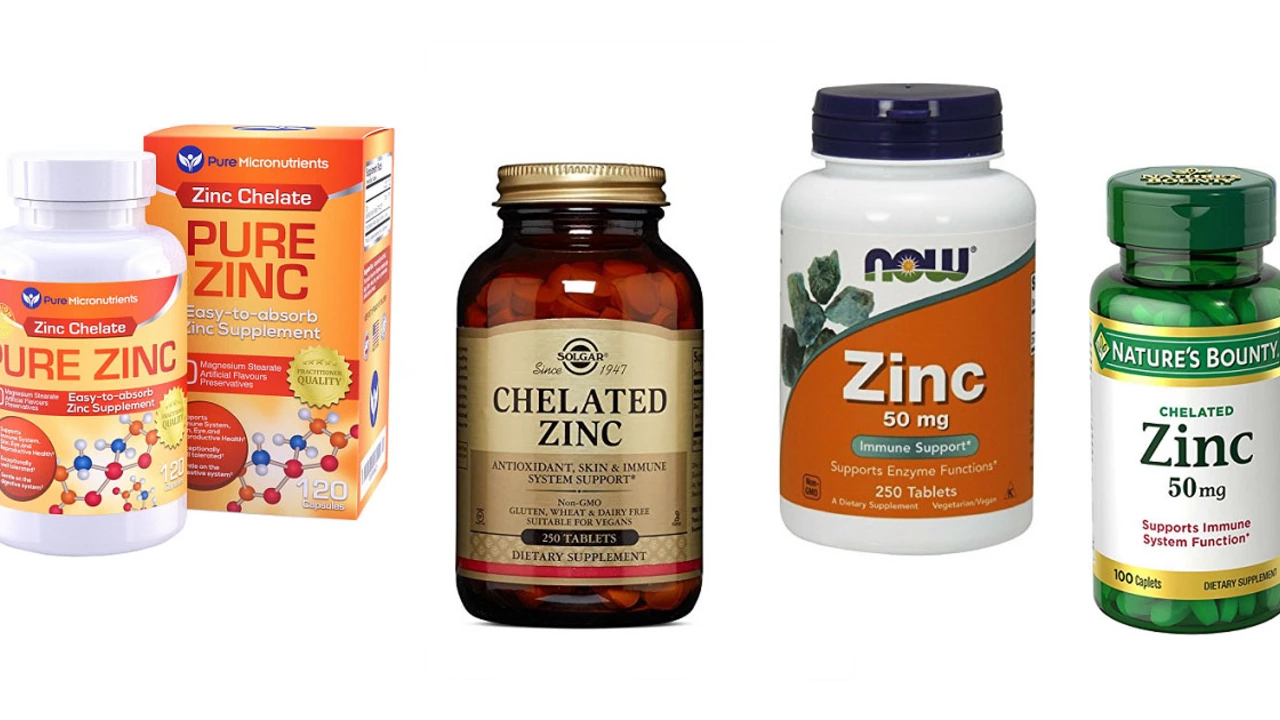Yew: what it is and why people talk about it
You probably know yew as a dense, dark-green hedge or a dramatic tree in old parks. But yew is more than pretty landscaping. It’s the source of powerful cancer drugs, and it’s also one of the most toxic common garden plants. That split—useful medicine on one hand and dangerous poison on the other—makes yew worth understanding.
Why yew matters to medicine
The active compounds in yew bark and needles belong to a group called taxanes. Paclitaxel, originally isolated from the Pacific yew (Taxus brevifolia), became the chemotherapy drug Taxol. Taxanes stop cancer cells from dividing and are used in breast, ovarian, lung and other cancers. Because harvesting raw bark kills trees, modern production uses semi-synthetic methods or plant cell culture to protect wild yews. If you see headlines about "yew" in medical news, it’s usually about taxanes, drug supply, or new ways to make the medicine sustainably.
Note: paclitaxel and related drugs are prescription chemotherapy agents with serious side effects. That’s medicine for doctors, not something to self-administer or try as a supplement.
Safety, identification, and practical tips
Identification is simple but important. Yew leaves are flat, dark green, and needle-like, arranged in two rows along the stem. The tree produces small, red, cup-like fruits called arils. The red aril flesh is not as toxic, but the seed inside and all green parts (needles, bark) contain taxines and can be deadly if chewed or swallowed by people, dogs, cats, and livestock.
If you garden near pets or children, avoid planting yew where they can reach trimmings. When you prune, bag clippings and take them away—don’t compost them where animals might nibble. Wear gloves and wash hands after handling. If someone or a pet eats yew material, call your local poison control center or emergency services right away; don’t wait for symptoms, because heart and breathing problems can appear fast.
For homeowners: choose alternatives for hedges if safety is a concern. Boxwood, privet, or hornbeam give a similar look without the same poisoning risk. If you value yew for form or shade, consider fencing it off or planting it out of reach.
Curious about foraging or herbal uses? Skip yew. Traditional uses are risky and uncontrolled. Modern medicine isolates taxanes under strict lab conditions and dosing. Trying to extract or use yew at home is unsafe and can be fatal.
Bottom line: yew is an important plant—both a source of life-saving drugs and a real poisoning hazard. Know how to spot it, handle it carefully, and respect that its medicinal value comes from specialized lab work, not from backyard tinkering.
Yew: The All-Natural Dietary Supplement that's Taking the Health World by Storm

The health world is buzzing about a new all-natural dietary supplement, the Yew. This potent plant is grabbing attention for its various health benefits. As a blogger, I've noticed its rise in popularity among health enthusiasts who advocate for its antioxidant properties and potential cancer-fighting abilities. It's also touted for its potential in boosting the immune system and improving heart health. It's amazing to see how this age-old tree is taking the health scene by storm as a novel dietary supplement.
- July 1 2023
- Tony Newman
- 13 Comments
